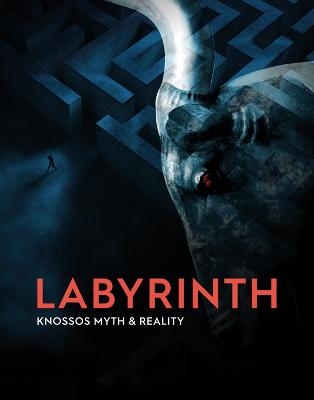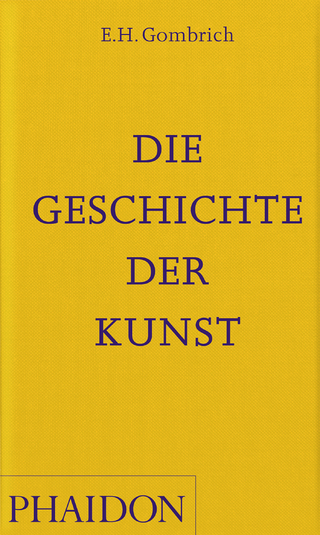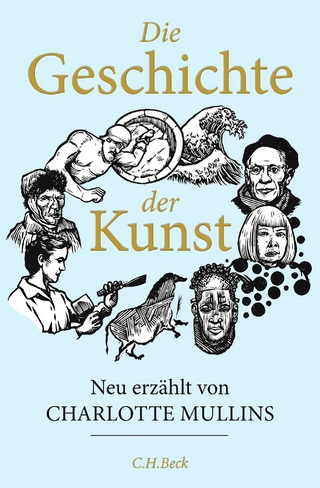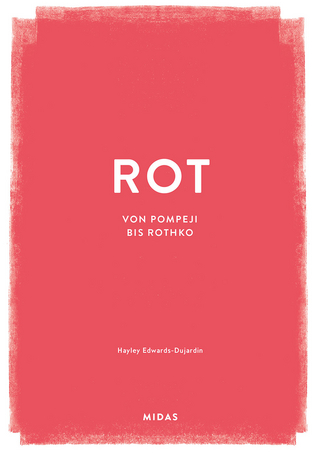
Labyrinth
Ashmolean Museum (Verlag)
978-1-910807-55-2 (ISBN)
Crete was famous in Greek myth as the location of the labyrinth in which the Minotaur was confined in a palace at somewhere called ‘Knossos’. From the Middle Ages travellers searched unsuccessfully for the Labyrinth. A handful of clues that survived, such as a coin with a labyrinth design and numerous small bronze age items. The name Knossos had survived – but it was nothing but a sprinkling of houses and farmland so they looked elsewhere. Finally, in 1878, a Cretan archaeologist, Minos Kalokairinos discovered evidence of a Bronze Age palace. British Archaeologist and then Keeper of the Ashmolean Arthur Evans came out to visit and was fascinated by the site. Between 1900 and 1931 Evans uncovered the remains of the huge palace which he felt must be the that of King Minos, and he adopted the name ‘Minoans’ for its occupants. He employed a team of archaeologists, architects and artists, and together they built up a picture of the Bronze Age community that had occupied the elaborate building. They imagined a sophisticated, nature-loving people, whose civilisation peaked, and then disintegrated. Evans’s interpretations of his finds were accurate in some places, but deeply flawed in others. The Evans Archive, held by the Ashmolean, records his finds, theories and (often contentious) reconstructions.
Andrew Shapland is Sir Arthur Evans Curator of Bronze Age and Classical Greece at the Ashmolean Museum. Before joining the Department of Antiquities in 2018 he was Greek Bronze Age Curator at the British Museum for nearly 10 years. As an undergraduate he studied Archaeology and Anthropology at Cambridge before moving to the UCL Institute of Archaeology for postgraduate studies, receiving his PhD in 2009. He remains an Honorary Lecturer at UCL. He sits on committees of the British School at Athens and Institute of Classical Studies and was formerly on the Council of the Hellenic Society. He is currently the editor of Archaeological Reports. Other publications include Human-Animal Relations in Bronze Age Crete: A History through Objects. Cambridge: Cambridge University Press 2019. Villing, A., Fitton, J.L., Donnellan, V. & Shapland, A. Troy: Myth and Reality. London: Thames and Hudson 2017. Shapland, A.J. and Stefani, E. (eds), Archaeology Behind the Battle Lines: The Macedonian Campaign (1915-19) and its Legacy. London: Routledge.
| Erscheinungsdatum | 20.01.2023 |
|---|---|
| Zusatzinfo | 20 Illustrations, black and white; 280 Illustrations, color |
| Verlagsort | Oxford |
| Sprache | englisch |
| Maße | 220 x 280 mm |
| Gewicht | 1254 g |
| Themenwelt | Kunst / Musik / Theater ► Kunstgeschichte / Kunststile |
| Geisteswissenschaften ► Archäologie | |
| ISBN-10 | 1-910807-55-9 / 1910807559 |
| ISBN-13 | 978-1-910807-55-2 / 9781910807552 |
| Zustand | Neuware |
| Informationen gemäß Produktsicherheitsverordnung (GPSR) | |
| Haben Sie eine Frage zum Produkt? |
aus dem Bereich


